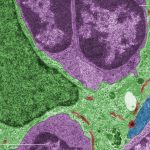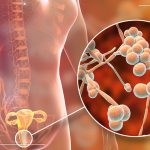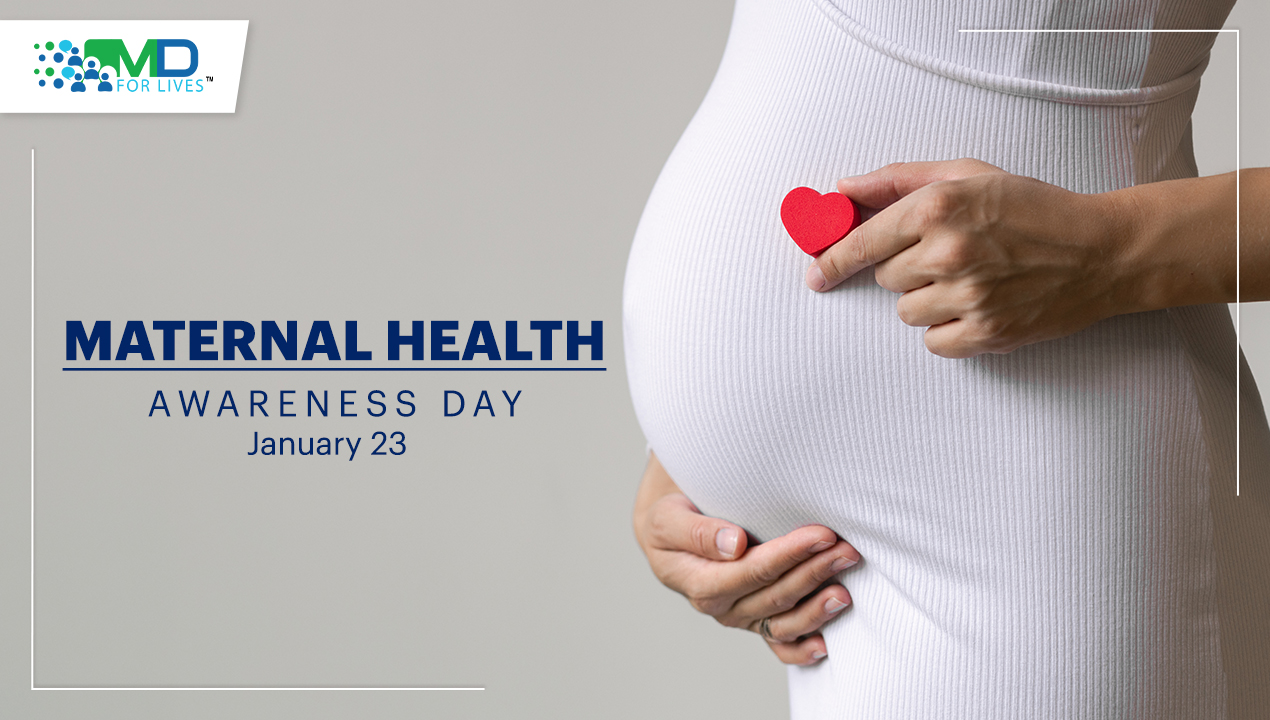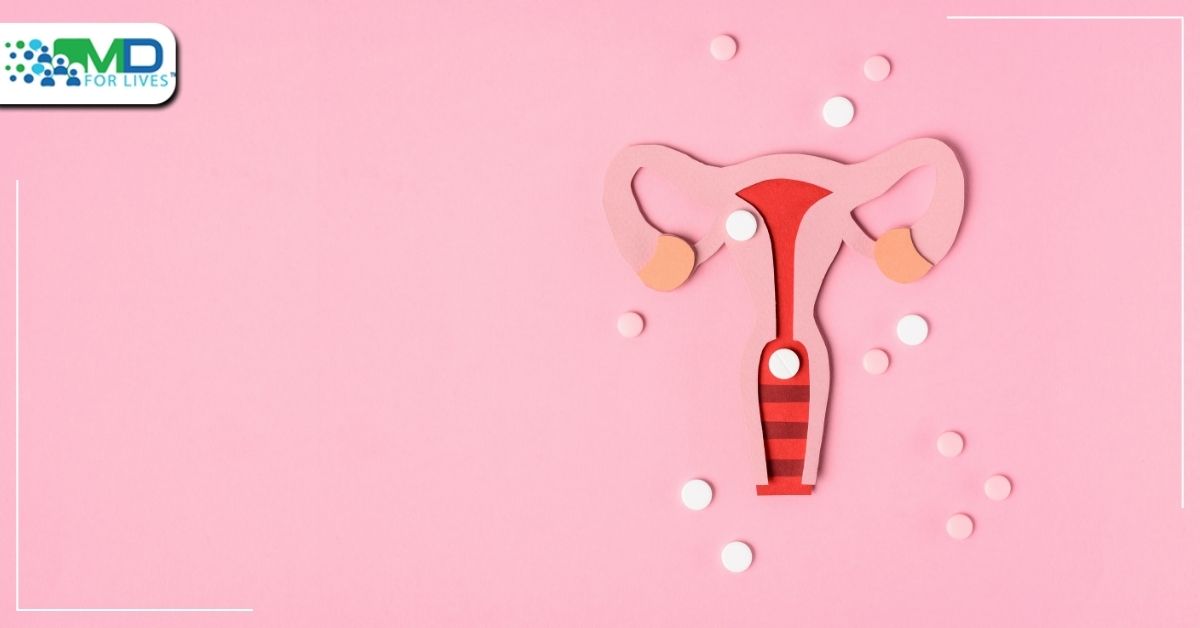According to a recent study by experts at the University of Southampton, using vitamin D supplements during pregnancy could significantly lower the likelihood that newborns up to a year old will have atopic eczema.

Pregnancy is a period of rapid change, involving changes in physical proportions, physiology, and responsibility. During this stage of a woman’s life, she is responsible not only for her own health and well being, but also for the health of her developing fetus. While the ‘right diet’ and ‘right lifestyle’ cannot guarantee a healthy baby at birth 100 percent of the time, the ‘wrong diet’ and ‘wrong lifestyle’ are associated with higher rates of congenital anomalies, adverse pregnancy outcomes, and direct sequelae in offspring exposed to such ‘wrong’ conditions.
Vitamin D is a fat-soluble vitamin that is primarily obtained through the consumption of fortified milk or juice, fish oils, and dietary supplements. When exposed to sunlight, it is also produced endogenously in the skin. Vitamin D ingested or produced in the skin must be hydroxylated in the liver to 25-hydroxyvitamin D (25-OH-D), then primarily in the kidney to the physiologically active 1,25-dihydroxyvitamin D. This active form is required for calcium absorption from the gut and normal bone mineralization and growth. Severe maternal vitamin D deficiency has been linked to biochemical evidence of disordered skeletal homeostasis, congenital rickets, and newborn fractures.

Worldwide, vitamin D insufficiency is a major problem. Infants, newborns, and pregnant women are the groups most at risk for vitamin D insufficiency. Vitamin D levels in newborns are largely determined by maternal vitamin D status. As a result, infants born to mothers who have or are at high risk of vitamin D deficiency are also at risk.
Because of fetal physiological demands and adjustments, maternal serum 25-hydroxyvitamin [25(OH)D] levels gradually decline during pregnancy. Vitamin D supplementation during pregnancy may improve fetal growth and reduce the risks of preeclampsia, preterm birth, and gestational diabetes in women with low vitamin D status. Mothers with adequate vitamin D levels have children with fewer enamel defects, attention deficit and hyperactivity disorders, and autism. All pregnant women should take 600 IU of vitamin D3 per day. Recent evidence from vitamin D intervention studies and meta-analyses of numerous studies supports the use of vitamin D supplements during pregnancy to improve maternal, fetal, and immediate and later offspring health.
Incidence of Infantile Atopic Eczema
The research, published in the British Journal of Dermatology, conducted by Sarah El-Heis et al., provides the first evidence from a randomized controlled trial that antenatal cholecalciferol supplementation reduces the incidence of infantile atopic dermatitis, with the benefit perhaps coming from higher levels of cholecalciferol in breast milk.
This study found that moms who took 1000 international units (IU) of vitamin D daily from 14 weeks of pregnancy until delivery had a decreased risk of their newborns getting atopic eczema in their first year. The impact was more noticeable in infants who later received more than a month’s worth of breast milk.
Chronic inflammatory atopic eczema can have a significant negative impact on patients, their families, and healthcare. There has been a global increase in atopic eczema over the past few decades, with an estimated one in six children aged one to five suffering from it. The skin becomes inflamed, red, dry, bumpy, and itchy when someone has eczema. The eczema rash typically appears on the cheeks, forehead, or scalp of infants under the age of one year. It might spread to the elbows, trunk, and knees (but not usually the diaper area). Older children and teenagers typically develop the rash on the inner wrists and ankles, behind the knees, at the bend of the elbows, or on the neck. Frequently, their skin is drier and scalier than it was before eczema started. Additionally, due to all the scratching, it can get thicker, darker, or scarred (called lichenification).
At ages 12, 24, and 48 months, the association between a mother’s vitamin D supplementation during pregnancy and offspring’s atopic eczema was studied. From roughly 14 weeks of pregnancy until delivery, pregnant women were randomly assigned to ingest either cholecalciferol 1000 IU/day or a matching placebo, with neonatal whole-body bone mineral content as the primary outcome. At ages 12 (n=635), 24 (n=610), and 48 (n=449) months, the prevalence of atopic eczema in the children was determined using the UK Working Party Criteria for the Definition of Atopic Dermatitis.
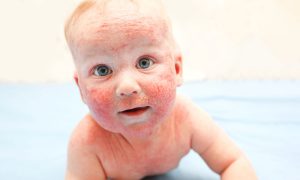
With the exception of the intervention group’s increased breastfeeding duration, mothers’ and children’s characteristics were comparable between the intervention and placebo groups. At 12 months of age, children of mothers who took 1000 IU of cholecalciferol daily had a decreased odds ratio of developing atopic eczema after accounting for the length of breastfeeding; this benefit waned and was no longer statistically significant at 24 and 48 months, respectively. Although stratification revealed a reduced risk of infantile eczema in infants in the intervention group who had been breastfed for less than one month as opposed to those who had been breastfed for more than one month, the statistical interaction of intervention and breastfeeding duration in relation to eczema at the age of 12 months was not significant.
The results suggest a possibly adjustable perinatal influence on atopic eczema and support a developmental influence on the condition.
Read about

MDForLives is a vibrant community of healthcare professionals and patients dedicated to shaping the future of healthcare. We provide valuable global insights to healthcare companies through online surveys, interviews, and discussion forums.


